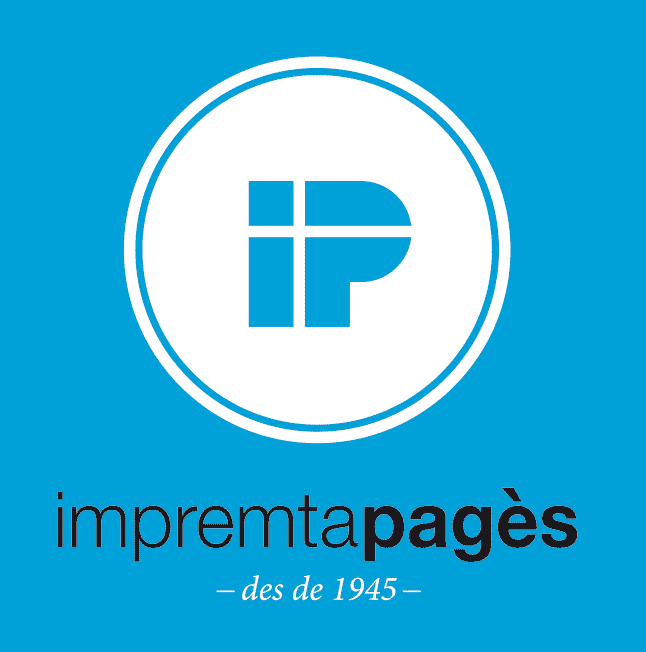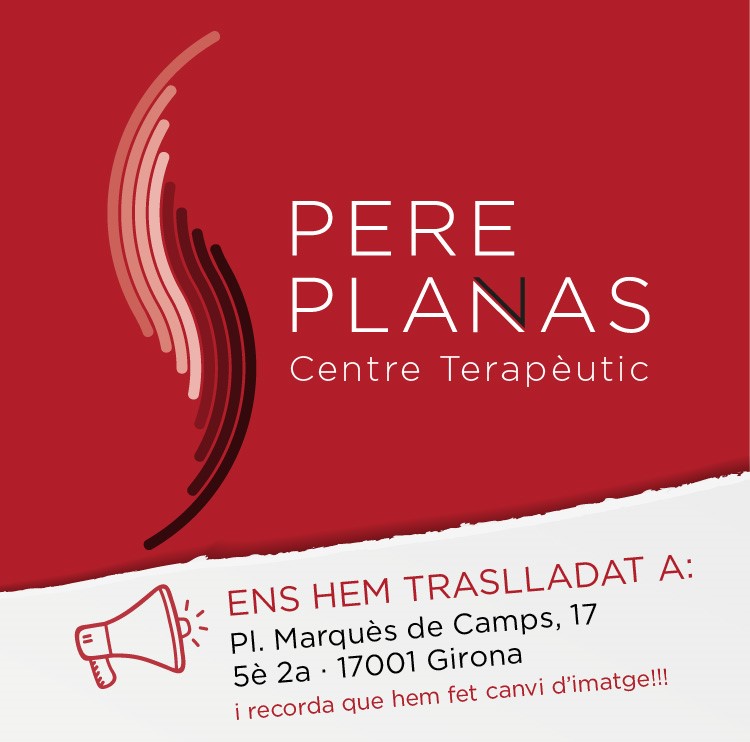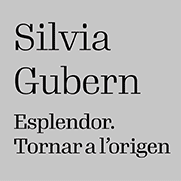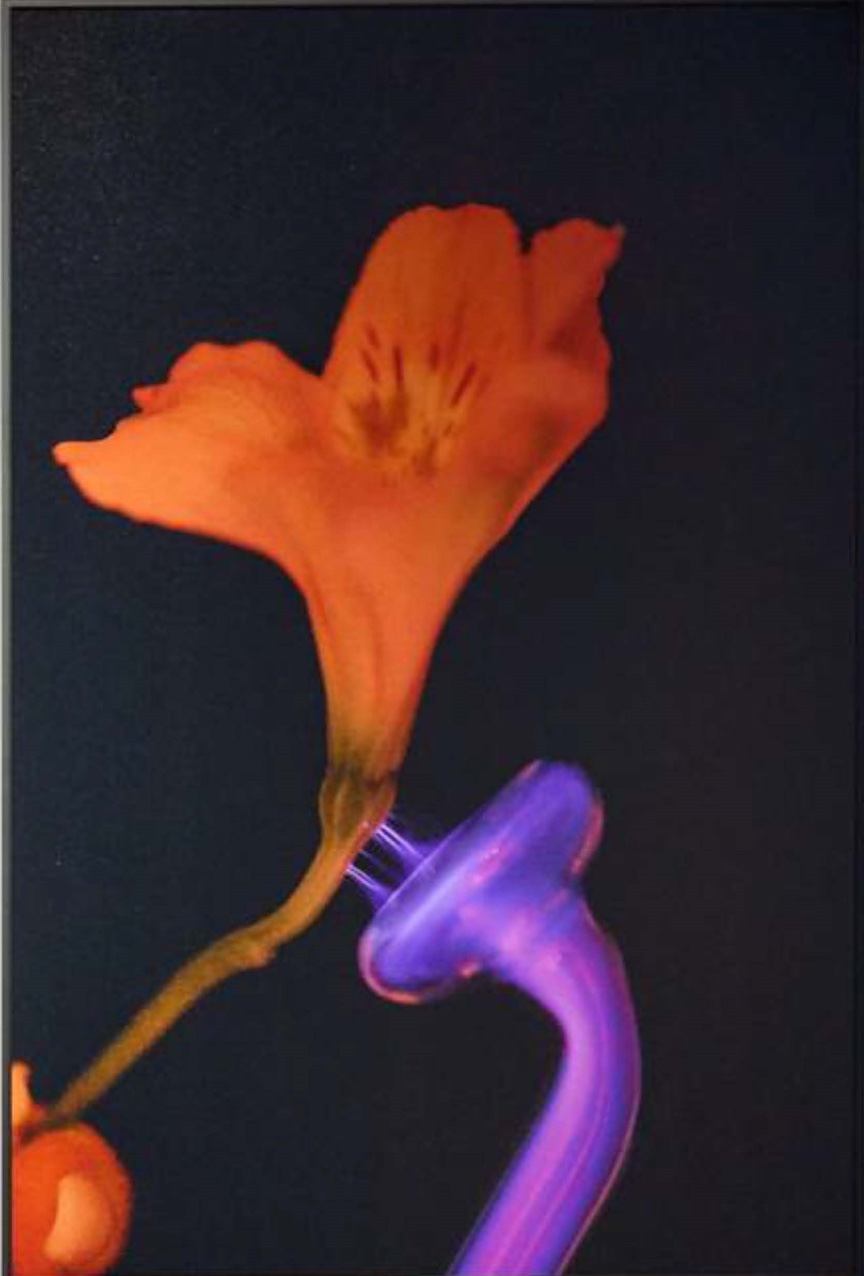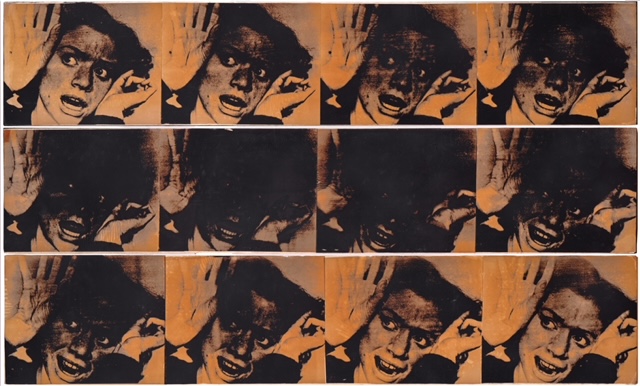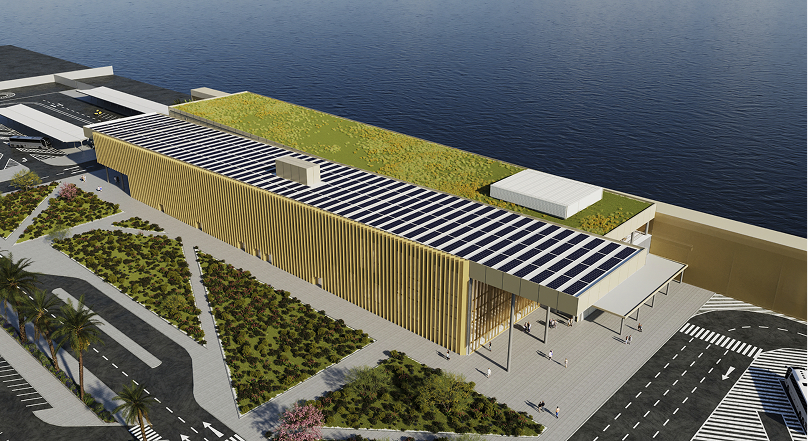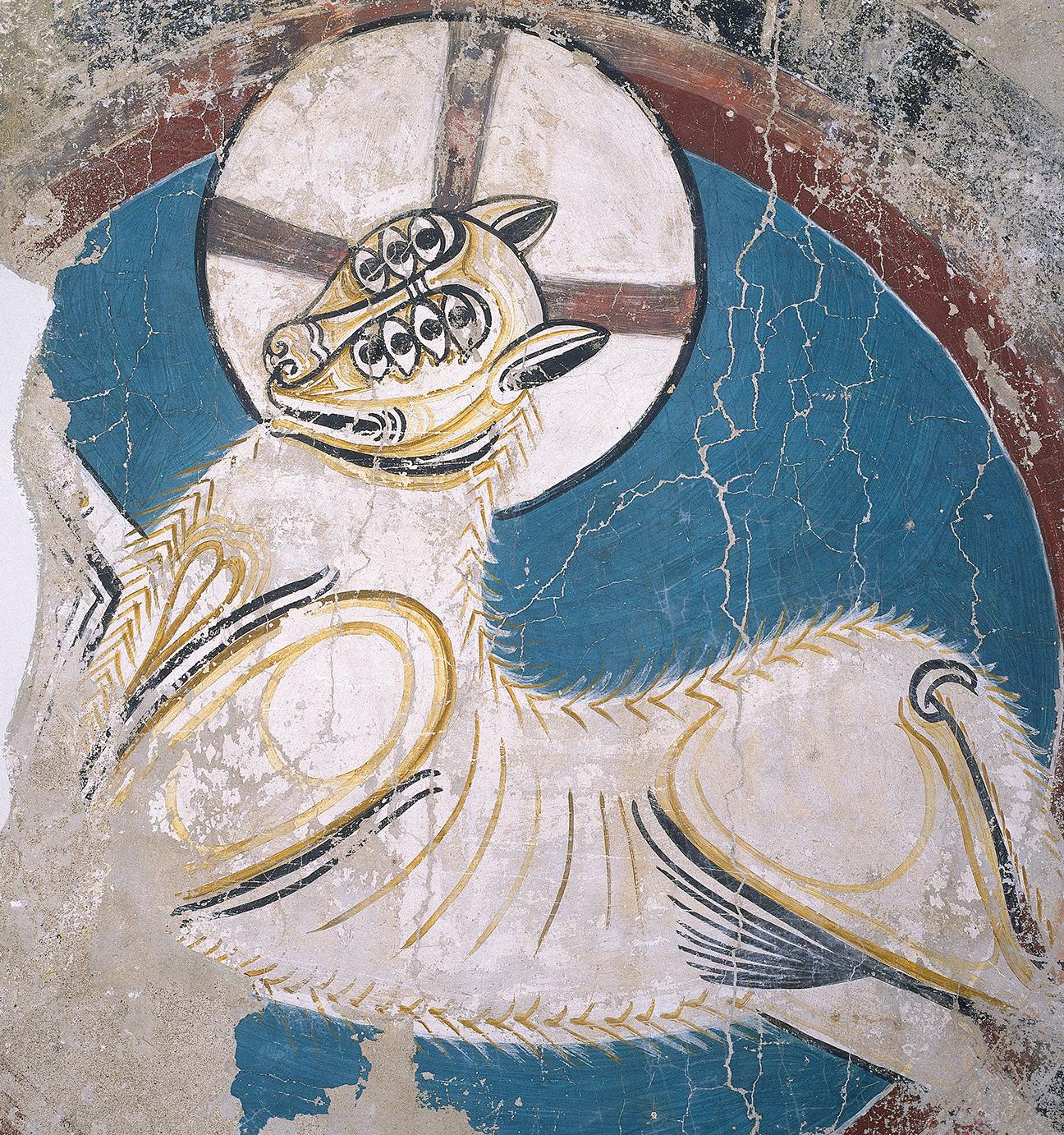Exhibitions
The exhibition on censorship at Espai Caldes has closed
The exhibition that explored the limits of freedom of expression was removed hours after its opening.
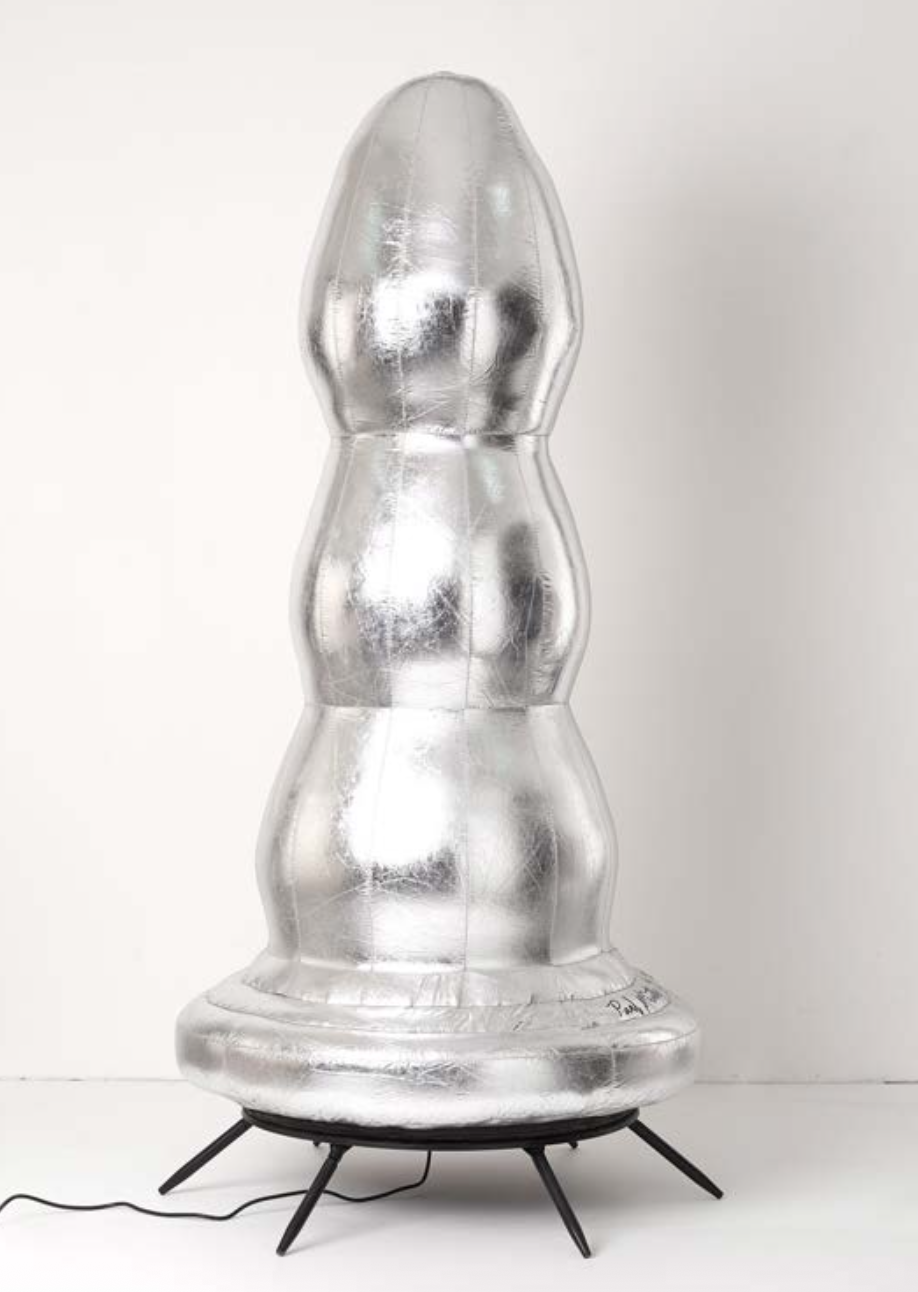
The Espai Caldes in Escaldes-Engordany had opened the exhibition Censorship is the curator of this exhibition yesterday afternoon, but the proposal did not even complete the first hours of public life, since late on Wednesday the Escaldes commune announced its cancellation. According to official sources, the decision was taken for security reasons, taking into account the high level of anti-terrorist alert in neighboring countries and the proximity of the Small States Games. The measure was adopted after a joint analysis with the Government and the police, with the aim of preventing any risk and guaranteeing collective well-being. The commune has expressed its regret for the possible inconveniences and has thanked citizens for their understanding, reaffirming its commitment to freedom of expression and the promotion of a critical culture within a safe environment.
The reaction of the Museum of Prohibited Art , co-organizer of the exhibition, was not long in coming. According to the institution itself, the exhibition —which was to be its first international tour and was scheduled to run until September 20— was withdrawn after, minutes before its inauguration, the Consul General of Escaldes-Engordany, Rosa Gili , ordered the removal of one of the pieces on display: the cover of the weekly Charlie Hebdo published after the attacks of January 2015.
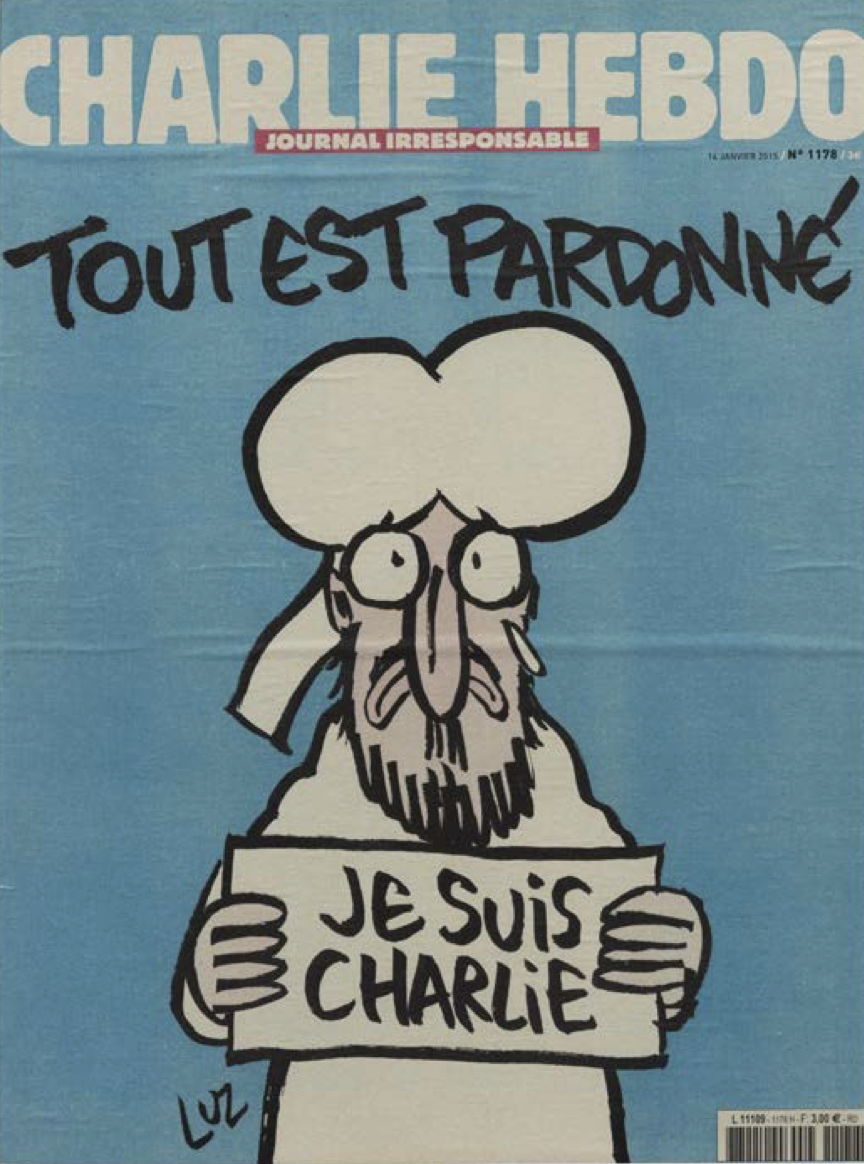 Portada de la revista Charlie Hebdo (2015)
Portada de la revista Charlie Hebdo (2015)
For the museum, this gesture constitutes an act of censorship incompatible with the spirit of the exhibition. “Our commitment to freedom of expression is absolute. We cannot accept that a single piece is banned without this compromising the integrity of the whole”, have declared sources from the institution. The curator of the exhibition and artistic director of the museum, Carles Guerra , has remarked: “When I, as a curator, put the cover of Charlie Hebdo next to the photos of the victims, I am saying that this forms a single body… Removing the cover is removing something from the photos of the victims. And so with the entire exhibition”.
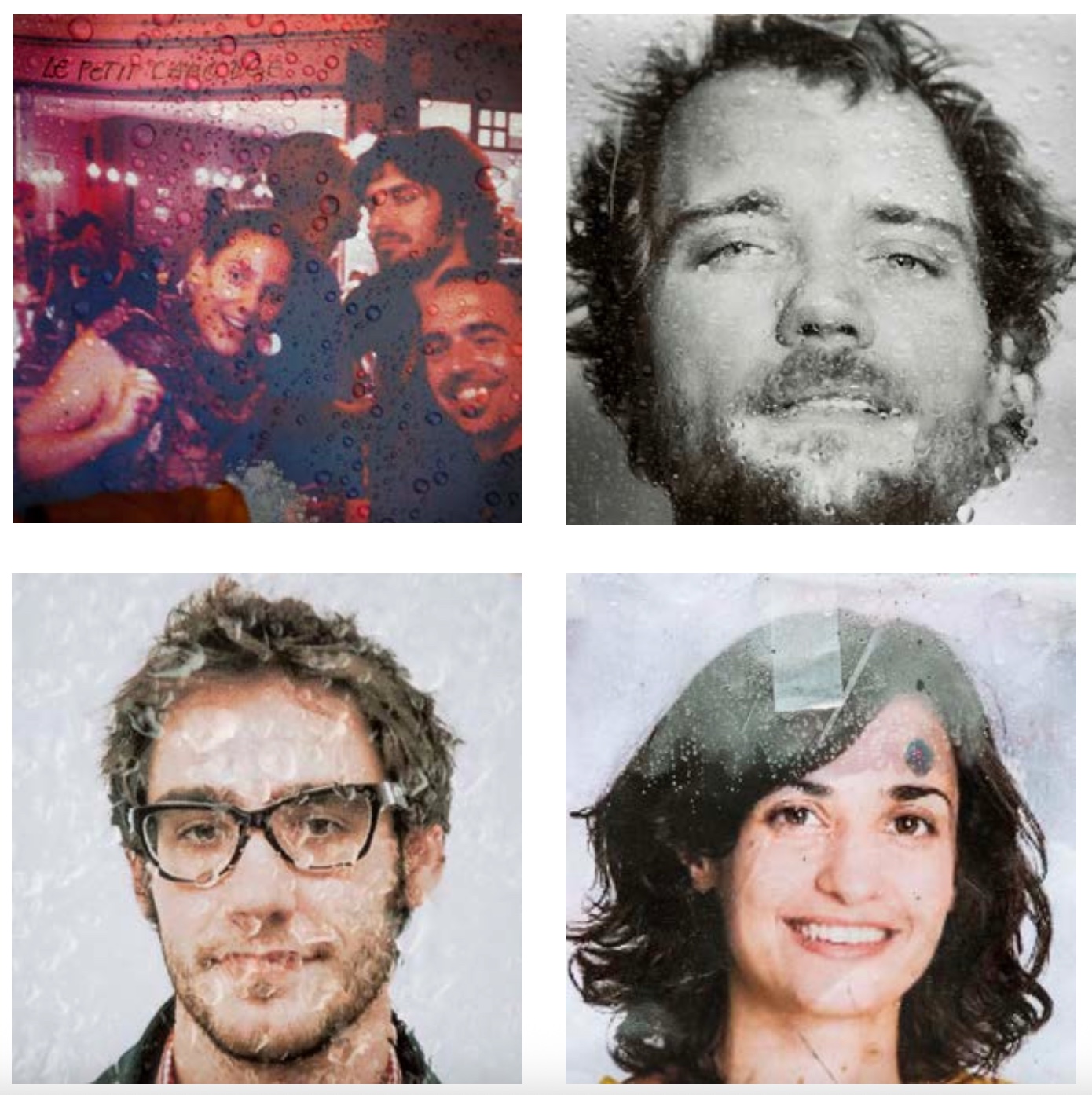 Víctimas de París, Daniel Ochoa de Olza (2015)
Víctimas de París, Daniel Ochoa de Olza (2015)
With this symbolic and politically charged act, the exhibition had been conceived as a reflection on the limits of freedom of expression, especially in the artistic field, and consisted of highlighting which creative manifestations have been considered annoying, subversive or inconvenient according to certain powers and historical contexts. The collaboration with the Museum of Forbidden Art, founded in 2018 in Barcelona, offered a selection of works that have been historically rejected, censored or withdrawn for political, religious, moral or ideological reasons. The exhibition brought together pieces by 18 international artists such as Ai Weiwei , Marta Minujín , Paul McCarthy , María Evelia Marmolejo , Mounir Fatmi or Daniel García Andújar . Among the works exhibited were Les victoires de Paris by Daniel Ochoa de Olza , Las pecadoras o el rincón de las impuras by María Eugenia Trujillo or El síndrome de Sherwood 2 by Núria Güell .
.png) El síndrome de Sherwood 2, Núria Güell
El síndrome de Sherwood 2, Núria Güell
During the inauguration, the Minister of Cultural Life and Parking, Valentí Closa , claimed the exhibition as a space to make visible artistic practices often excluded from conventional circuits. Also in attendance were Rosa Rodrigo , director of the Museum of Forbidden Art, and the consul herself, Rosa Gili , who later intervened to order the removal of the Charlie Hebdo cover.
.png) L'empremta, Ai Weiwei (2018)
L'empremta, Ai Weiwei (2018)
Despite the sudden stop of the exhibition, Espai Caldes assures that it maintains its commitment to a program that promotes critical thinking and dialogue with contemporary social reality. The community, for its part, has expressed its regret for the inconveniences and reiterates its commitment to a critical culture, always within a framework that guarantees safety and coexistence.
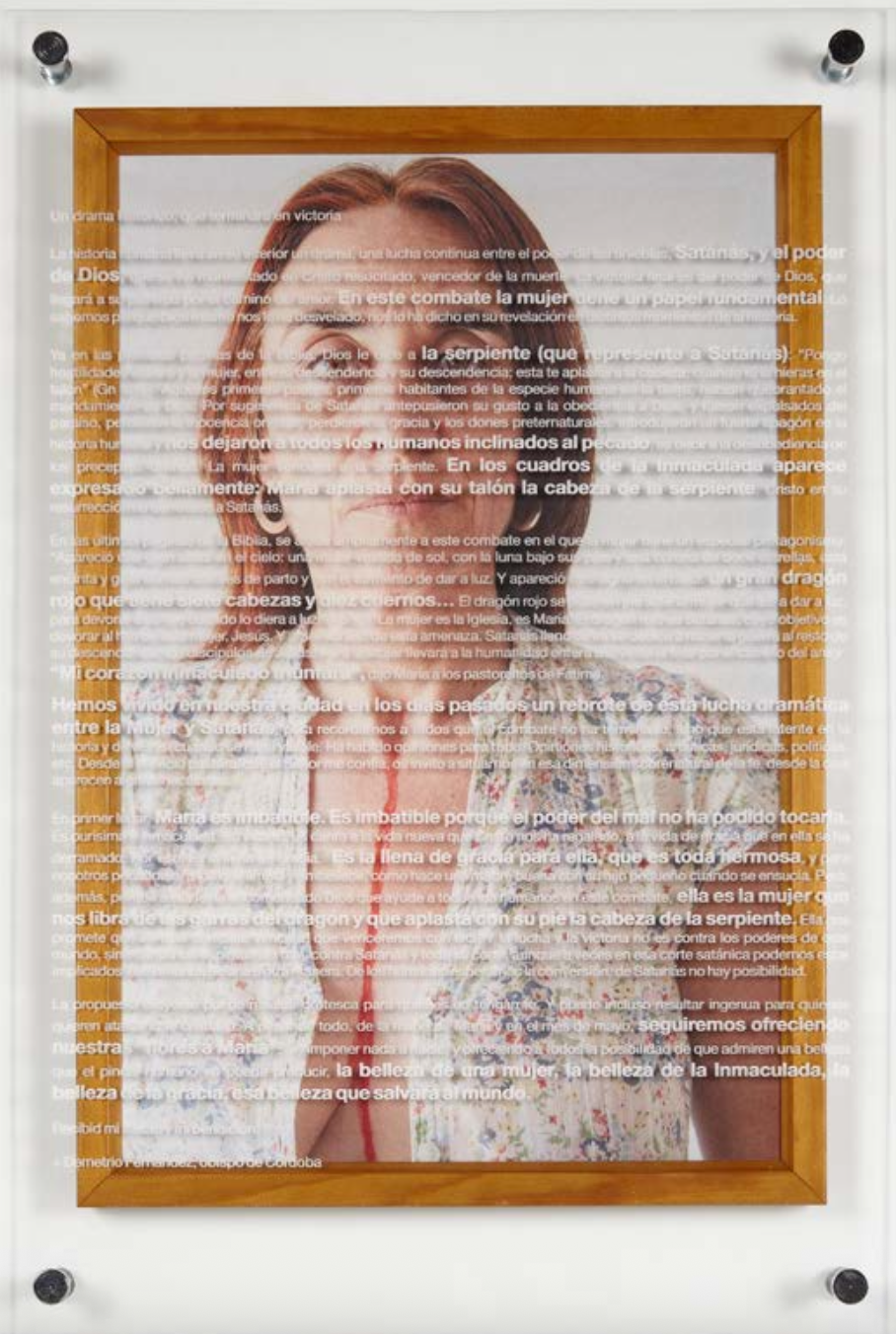 Con flores a María III, Charo Corrales (2018)
Con flores a María III, Charo Corrales (2018)


